Archives
- 2026-01
- 2025-12
- 2025-11
- 2025-10
- 2025-09
- 2025-04
- 2025-03
- 2025-02
- 2025-01
- 2024-12
- 2024-11
- 2024-10
- 2024-09
- 2024-08
- 2024-07
- 2024-06
- 2024-05
- 2024-04
- 2024-03
- 2024-02
- 2024-01
- 2023-12
- 2023-11
- 2023-10
- 2023-09
- 2023-08
- 2023-07
- 2023-06
- 2023-05
- 2023-04
- 2023-03
- 2023-02
- 2023-01
- 2022-12
- 2022-11
- 2022-10
- 2022-09
- 2022-08
- 2022-07
- 2022-06
- 2022-05
- 2022-04
- 2022-03
- 2022-02
- 2022-01
- 2021-12
- 2021-11
- 2021-10
- 2021-09
- 2021-08
- 2021-07
- 2021-06
- 2021-05
- 2021-04
- 2021-03
- 2021-02
- 2021-01
- 2020-12
- 2020-11
- 2020-10
- 2020-09
- 2020-08
- 2020-07
- 2020-06
- 2020-05
- 2020-04
- 2020-03
- 2020-02
- 2020-01
- 2019-12
- 2019-11
- 2019-10
- 2019-09
- 2019-08
- 2019-07
- 2019-06
- 2019-05
- 2019-04
- 2018-11
- 2018-10
- 2018-07
-
Introduction DHFR is an important enzyme in both
2021-02-16
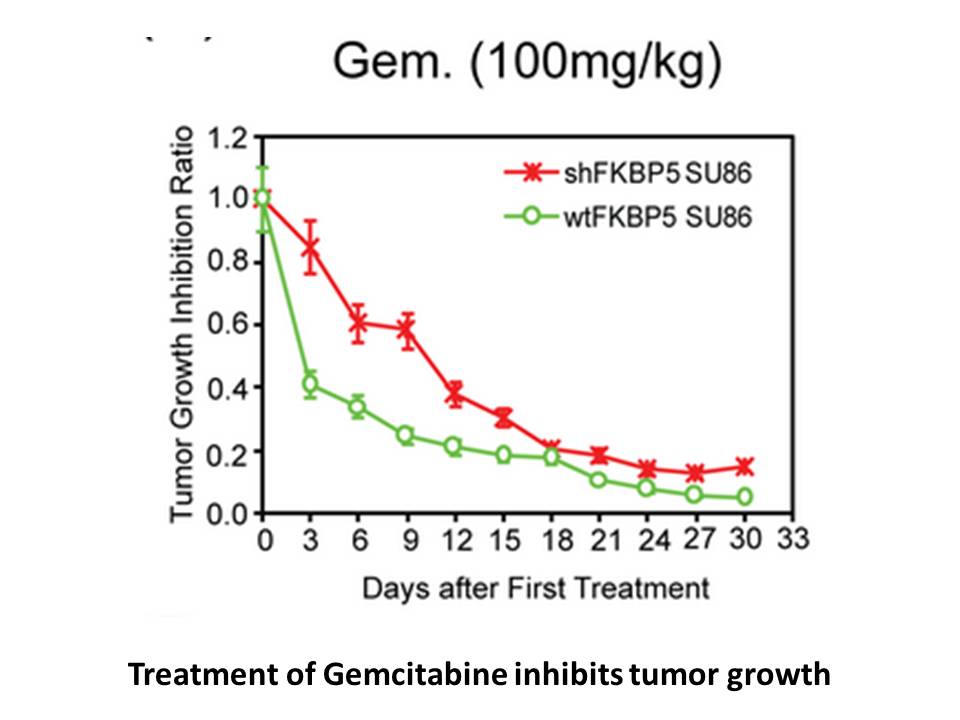
Introduction DHFR is an important enzyme in both mammals and microorganism including Mycobacterium tuberculosis (Mtb). It catalyzes folic naloxone hcl conversion to dihydro and tetrahydro folic acid which is a crucial step in folate pathway [1]. Inhibition of folate pathway leads to interruption o
-
Cell lines which possess microglial or neuronal properties
2021-02-16
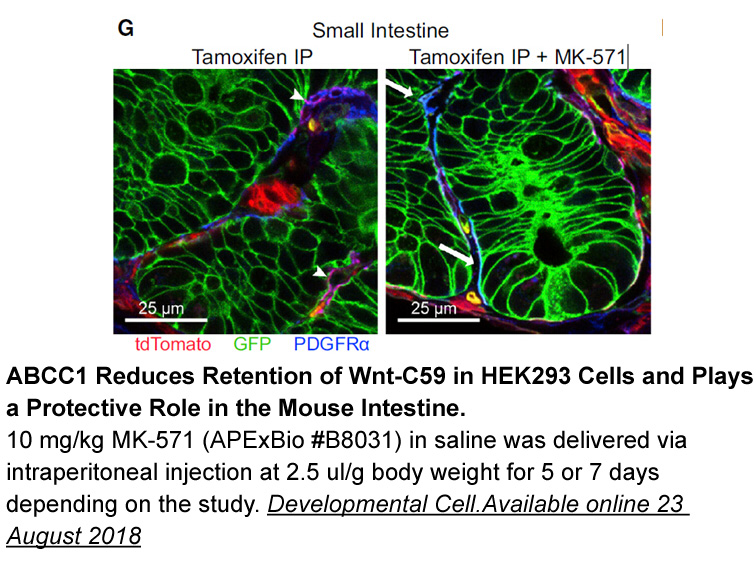
Cell lines which possess microglial or neuronal properties are uncomplicated and convenient in vitro models for studying INCB024360 analogue injury at the cellular and molecular levels. Microglial BV-2 cells are derived from the immortalized mouse microglia and exhibit many of the morphological, ph
-
br Data deposition The structure factor amplitudes
2021-02-16
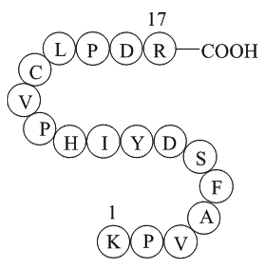
Data deposition: The structure factor amplitudes and coordinates of mIL34 and the mIL-34:mCSF-1R complex have been deposited in the Protein Data Bank, www.pdb.org, with accession codes 4EXN and 4EXP. Note added in proof The authors would like to inform the readers of two recent articles that are
-
br Material and methods br Discussion First we
2021-02-15
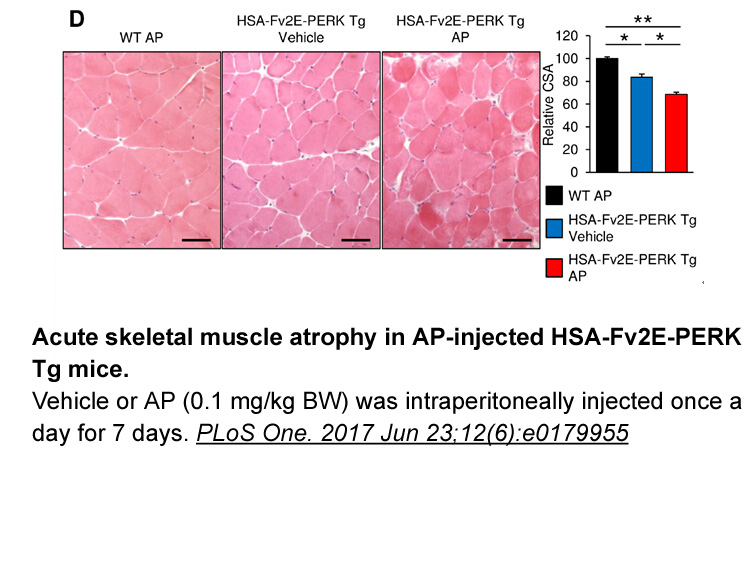
Material and methods Discussion First, we investigated cannabis use, and results showed that the lifetime prevalence of cannabis use in our sample was 29.63%, with a significant difference between males (73.8% of the abusers) and females (26.2%). Moreover, the mean age and age at onset were si
-
Although CK phosphorylated Msn as
2021-02-15
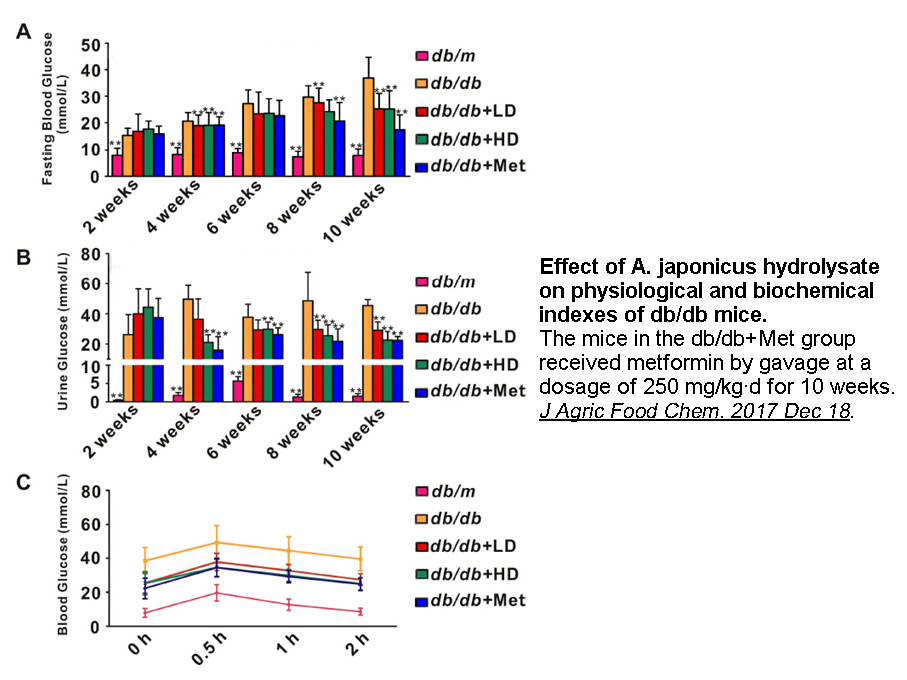
Although CK2 phosphorylated Msn4 as well as Msn2 (Fig. 1A), the two CK2-dependent phosphorylation sites in Msn2 are not conserved in Msn4. Thus, Msn2 and Msn4 might be differently regulated by CK2-dependent phosphorylation. Msn2 and Msn4, which have 41% identity and similarity in size and amino AVE-
-
Introduction Fish commonly employ pheromones to regulate a v
2021-02-15
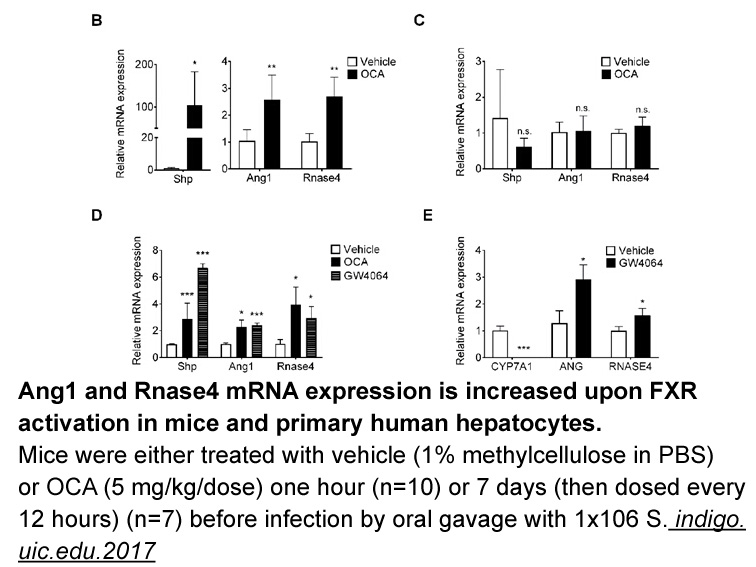
Introduction Fish commonly employ pheromones to regulate a variety of functions including reproductive communication [1]. Reproductive pheromones induce both primer effects, such as changes in the endocrine or physiological state of conspecifics, and releaser effects such as rapid behavioral respon
-
In the present study real time polymerase chain reaction
2021-02-12

In the present study, real-time polymerase chain reaction also confirmed that gene expressions of RT1 class II, locus Bb (RT1-Bb) was up-regulated and Spi-B transcription factor (Spib) was downregulated at day 3 after the VMH lesions. These two genes work as one of immune responses. RT1-Bb controls
-
br Introduction Protein modification by ubiquitin
2021-02-12
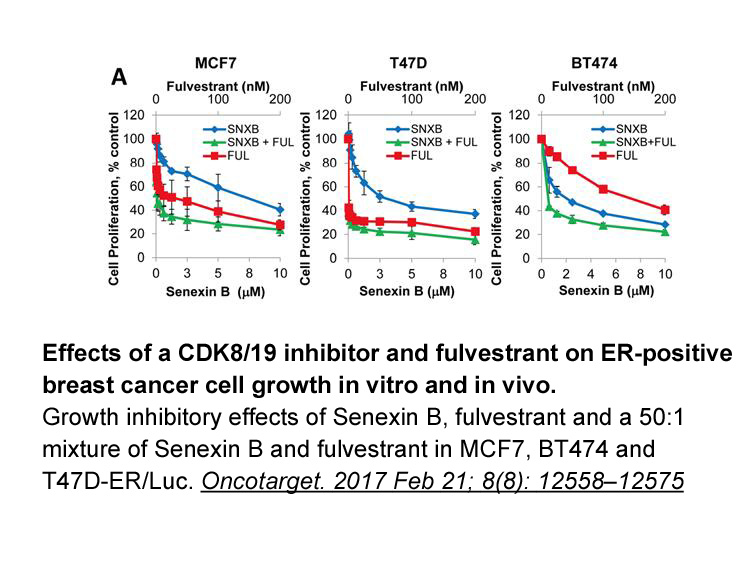
Introduction Protein modification by ubiquitin and ubiquitin-like proteins is one of the most common and important regulatory mechanisms in biology (Finley et al., 2004, Pickart, 2004). Ubiquitination is carried out by an enzymatic cascade consisting of three steps. In the first step, ubiquitin i
-
We also evaluated the influence of
2021-02-11
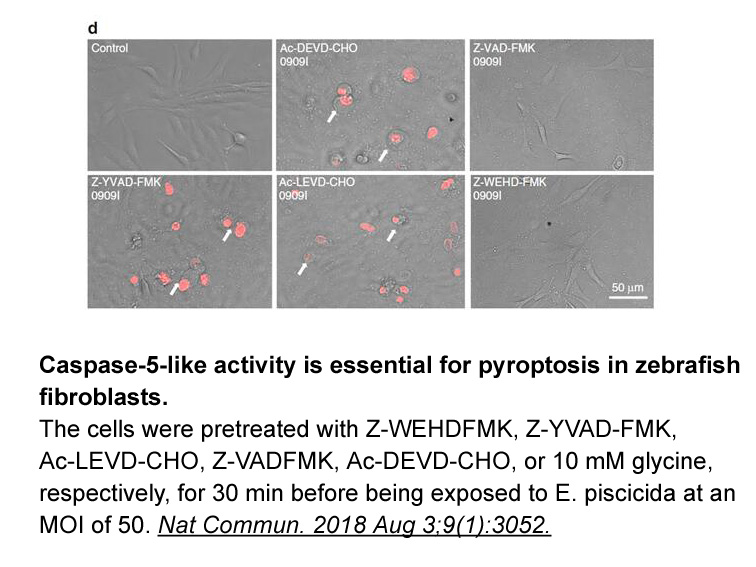
We also evaluated the influence of the number of CYP3A variant VE-822 australia (n=0 to 3) on the modifying effects on MDI and PDI. No clear allele dosage effect could be observed (data not shown). Discussion Prior reports for all four populations showed that an increase in prenatal Hg was not
-
This review aims to examine the
2021-02-11
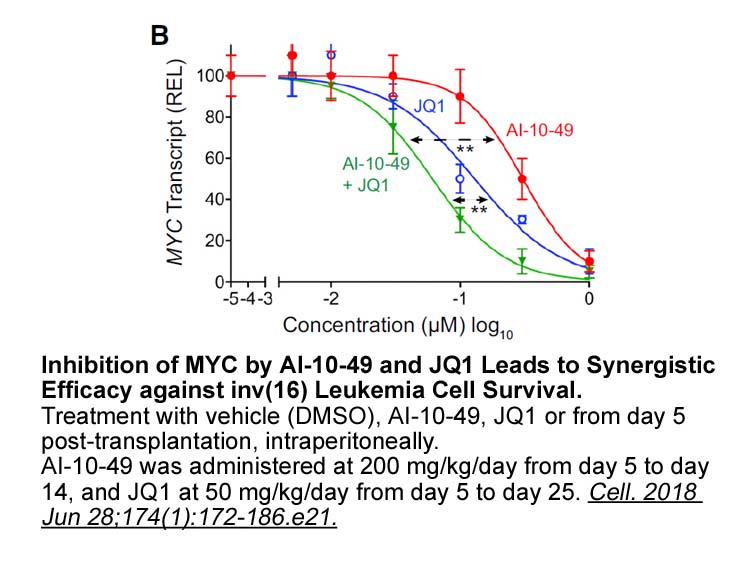
This review aims to examine the literature on chloride DPNI-caged-GABA in the context of transplacental transport. After a short overview of the general cellular functions of Cl− channels in epithelia and the molecular classifications of these channels, it will focus on the evidence for the presence
-
The major concern of PDE I use in liver cirrhosis
2021-02-11
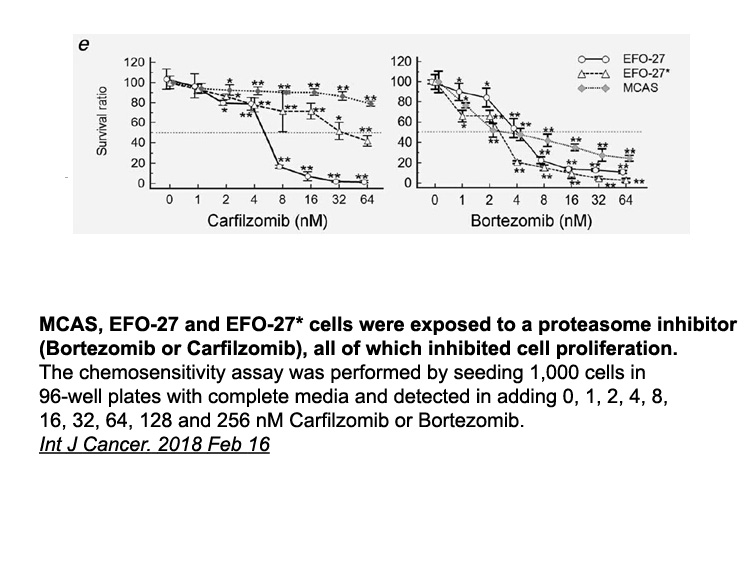
The major concern of PDE-5-I use in liver cirrhosis is the potentially harmful effect on systemic blood pressure. Data of clinical studies are conflicting [27], [30], [31], [32], but available patient details suggest that in advanced liver cirrhosis, PDE-5-Is lower systemic blood pressure to a great
-
In normal chow fed mice EP
2021-02-10
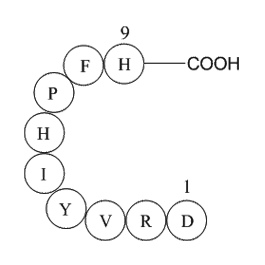
In normal chow fed mice, EP4 deficiency also decreased the expression of CYP8B1, the downstream target of CYP7A1. Similarly, knockdown of EP4 with small interfering RNA reduced the expression of CYP8B1 in HepG2 cells. Therefore, it was anticipated that there would be an increased expression of CYP8B
-
Acetazolamide In this study we investigated the role
2021-02-10

In this study we investigated the role 17-phenyl tinor (pt)-PGE2 on endothelial barrier function and the underlying molecular mechanism in HMVEC-Ls as well as in a murine model of LPS-induced acute pulmonary inflammation. We found that 17-pt-PGE2 concentration-dependently enhanced endothelial barrie
-
Given that CE plays an essential role in
2021-02-10
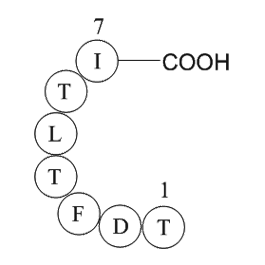
Given that CE plays an essential role in schistosome invasion, its immunoreactivity and protective potential is of significant interest. The native form of SmCE was found to be poorly immunogenic in immunized mice. An earlier study found that sera from S. mansoni patients have shown the presence of
-
br Conclusions br Acknowledgment br Introduction The role of
2021-02-10
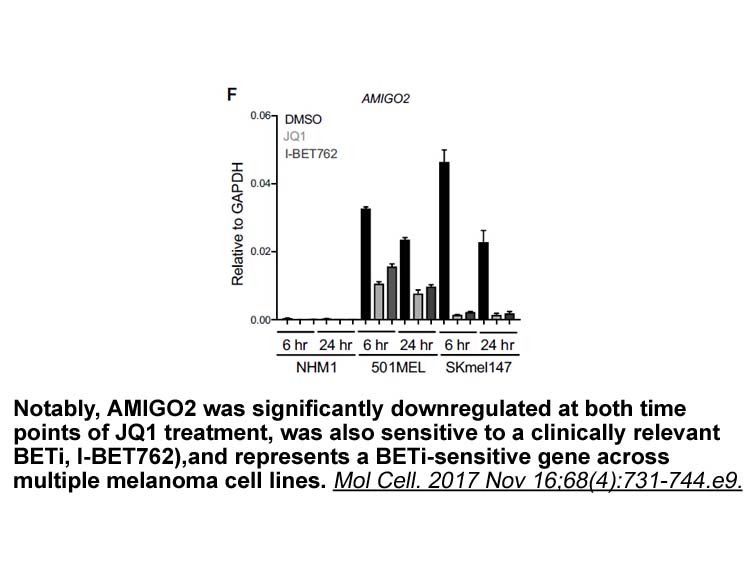
Conclusions Acknowledgment Introduction The role of cholesterol metabolism during multiple sclerosis (MS) is debated and the underlying physiopathology largely unknown. Dyslipidaemia is associated with worsening inflammatory activity and MS disease progression [1], [2], [3]. In the mouse mo
16026 records 702/1069 page Previous Next First page 上5页 701702703704705 下5页 Last page